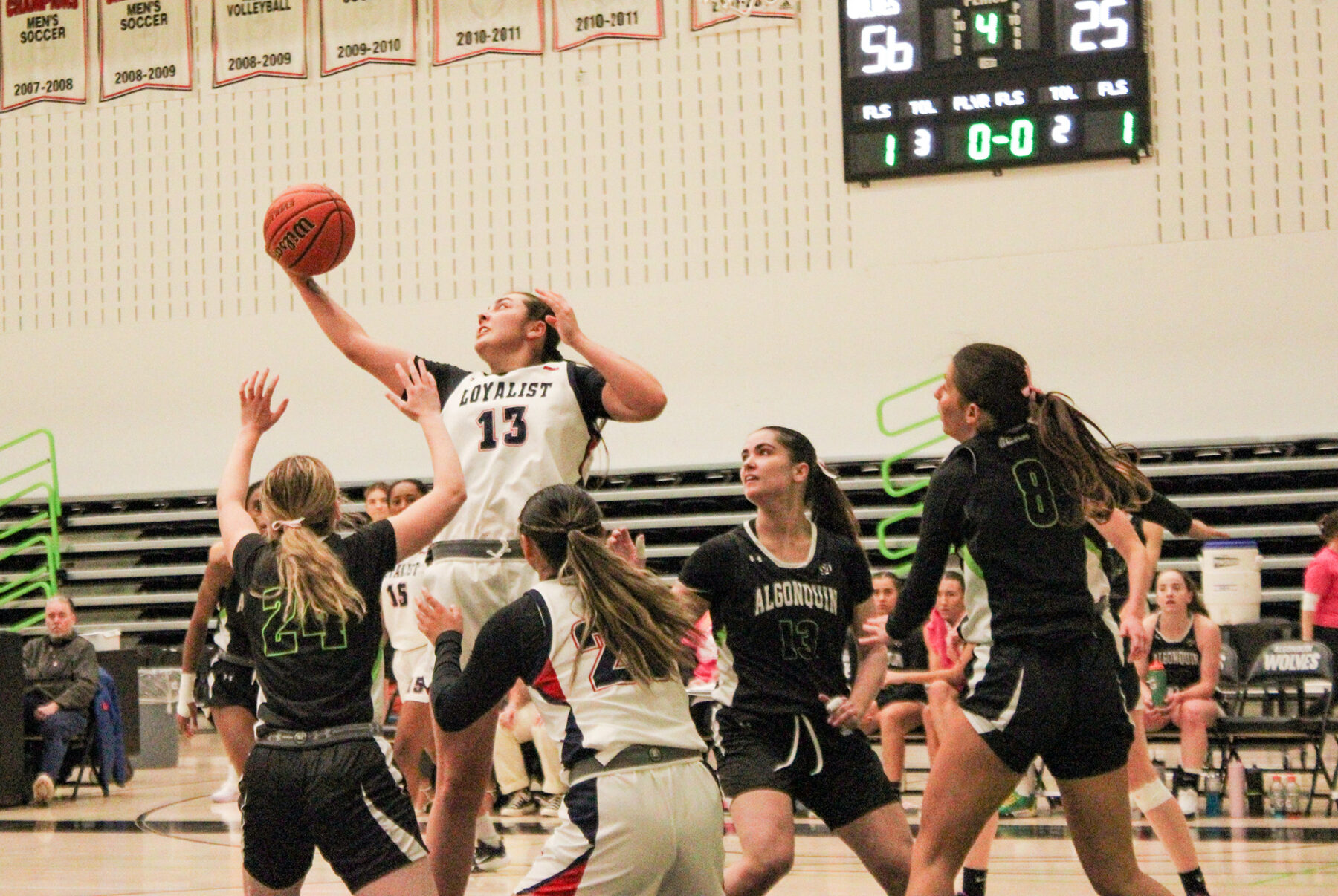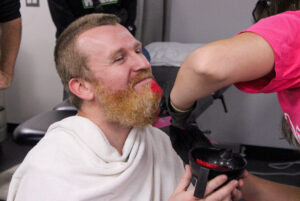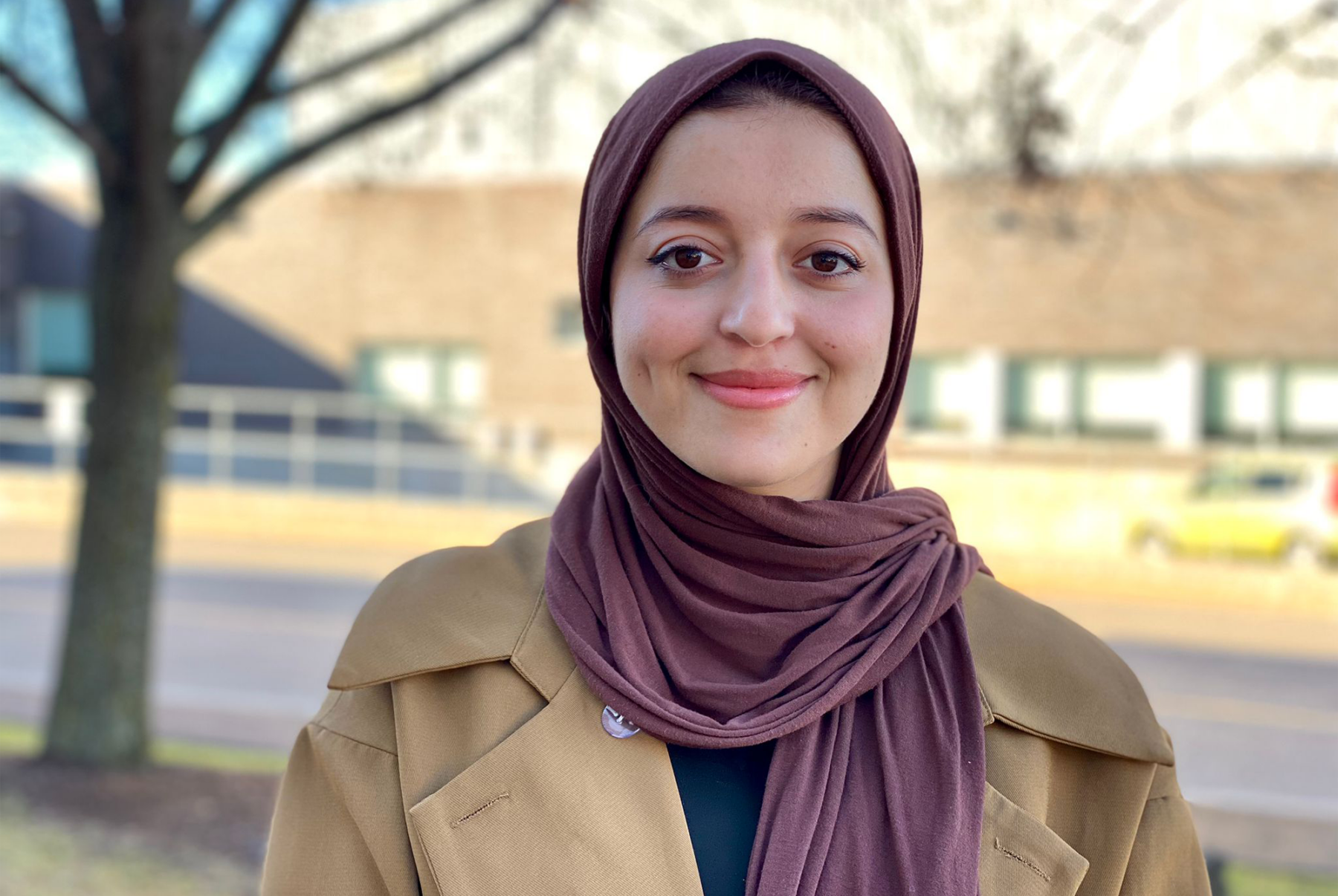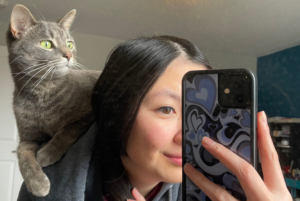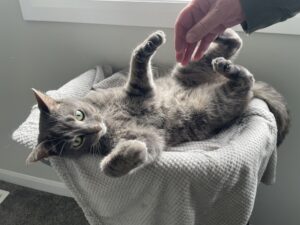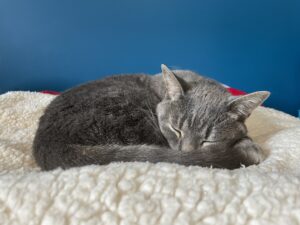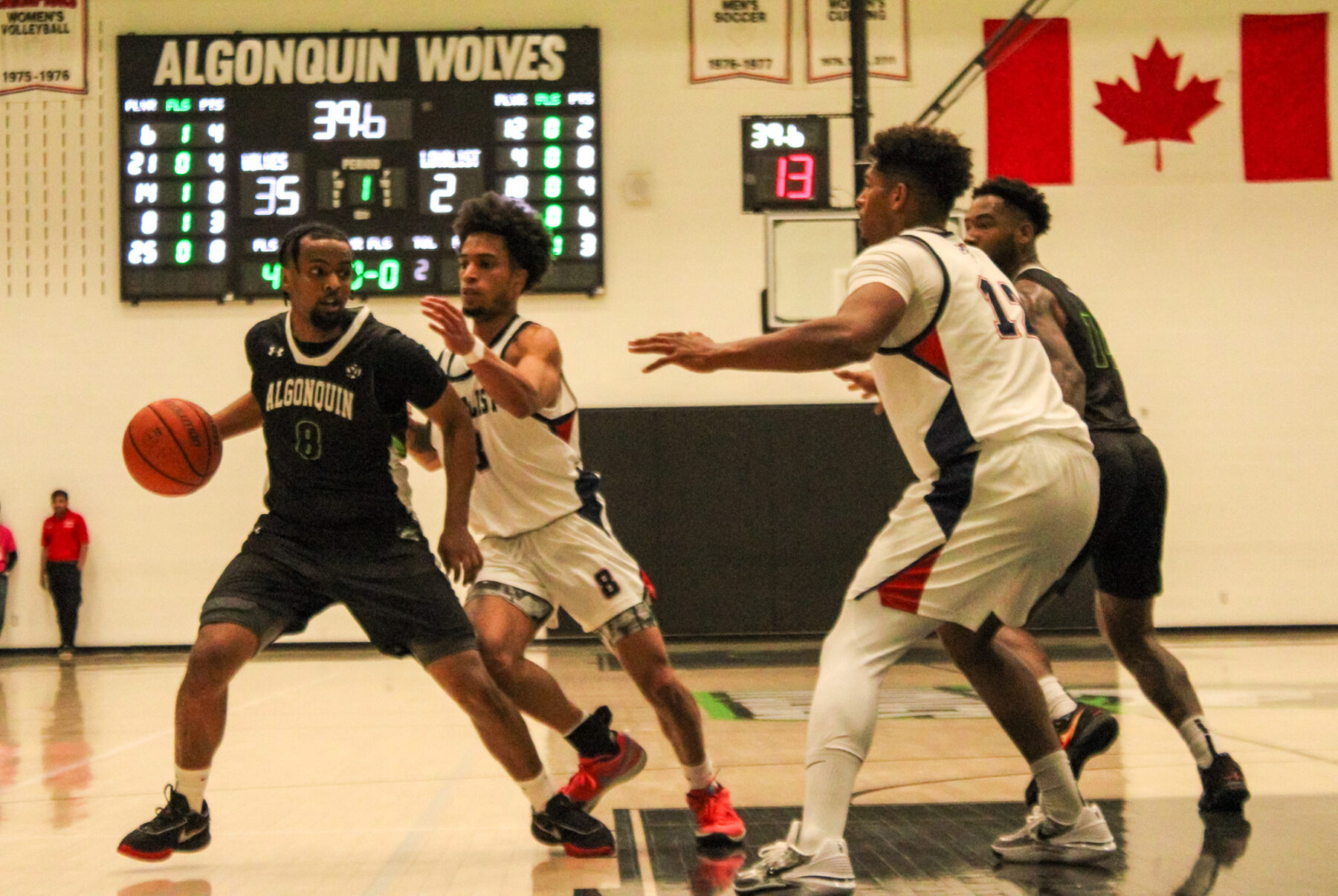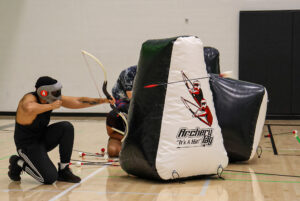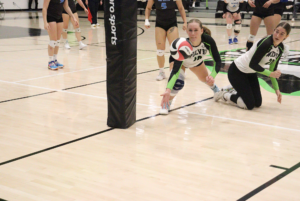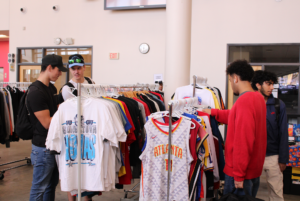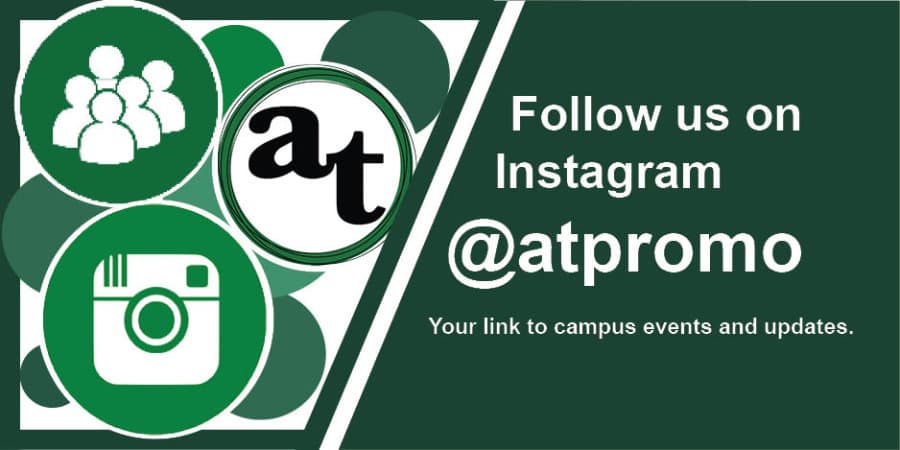First Person: Training for a future as a sportscaster
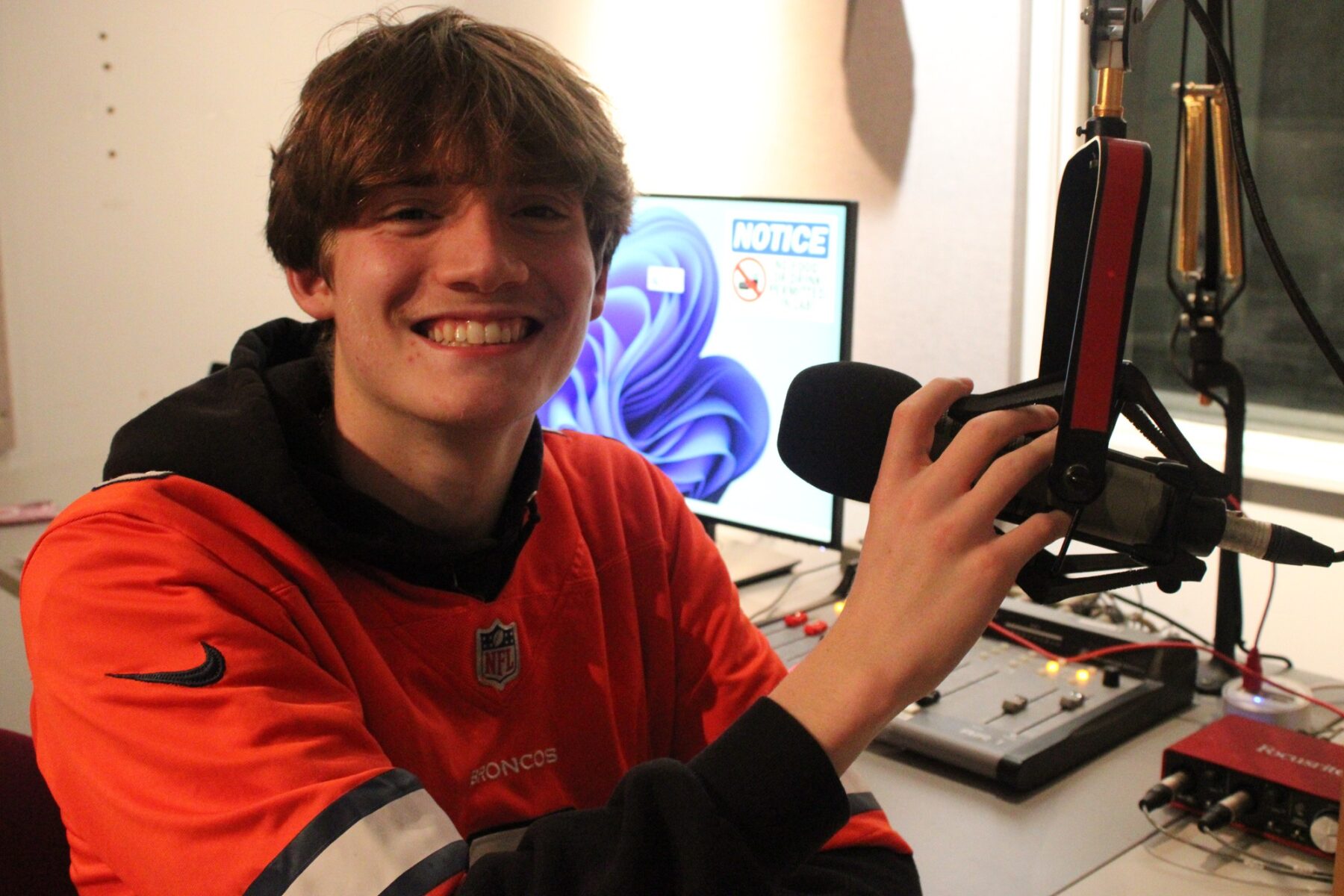
When I’m at home in my basement, sitting on my rocking chair watching a sports game, I love listening to the broadcasters and how they use their voices. Whether it’s hockey, football or speed skating I listen deeply to them and jot down notes in my notebook. Every time I watch a game, I learn something from the sportscaster’s perspective.
I listen to every word they say, and the idea bell is constantly ringing in my head.
My favourite sportscaster is Joe Buck from Fox. He used to cover playoff baseball but now he only covers NFL football. The way he emphasizes his calls makes his voice the most satisfying one to hear in sports.
Sometimes, I tune in just to listen to what he says, not even to watch the games. I’ll just sit down, listen and take up what he shares.
Growing up, I was not genetically gifted for sports as a player. My dad was a computer science guy and my mom worked for the government and never really did sports in her past. Neither of them really knew sports. Every time my friends had a baseball or football game, I would always go out and watch them because it would get me out of the house. And one of my favourite things about a sports game is you never know what you’re going to see.
So I must have got my love for sports from my heart.
In general, the thought of not being successful has scared me my entire life. And yet, no matter how hard the dream is, I have always wanted to pursue a career in sports journalism. I can’t think about my life in 20 years that doesn’t feature me being in that booth or on that field.
I remember the day my older brother and I were on the air for SportsCenter like it was yesterday. I was 8 and we were visiting the Hockey Hall of Fame in Toronto. I remember seeing the booth and falling in love with the idea of being back there.

The journey to get there, however, will mean starting at the bottom and working my way up. I will not be gifted a position in this industry. I need to prepare myself to work hard.
While I want to make an impact in the booth, I will admit that the odds are not in my favour. Today, many broadcasters and sportscasters are former professional players. People like Tony Romo, Tom Brady and Jason Kelce. It upsets me because even if they are not good at it, they get a pass because of their legacy. It shows that they have no practice or training at is they stumble over the words or they confuse the people watching and they don’t have the voice to be one.
But dreams can become a reality if you work hard. Bailey Beaven, a level-3 student in the radio broadcasting and podcasting program at the college, is on his own journey to become a sportscaster.
“Everyone starts at the bottom if you aren’t coming in as an established personality,” Beaven said.
But I know this is what I want to do. Being in the broadcast booth feels like home. The hardest dreams always come with some adversity, especially from naysayers.
“Nobody taught me how to be a better entertainer than myself,” Beaven said.
Sometimes, you have to ask yourself why you work hard and why you want to be successful. I ask myself every day before going to school because I know what my dream is and what I want to do, but I have to ensure I have the right mindset and path in front of me.
The work you put in will come back to help you even if its small things every chance you get to be more exposed will help.
Bruce Garrioch, an Ottawa Citizen sports reporter who covers the Ottawa Senators, agrees.
“Get in front of a mic as much you can,” he said.
In the sports media world, he says, building relationships and getting exposure and taking every single opportunity are all important.
“You can’t look at things with blinders on,” Garrioch said. “Look at things from 10,000 feet.”
That advice is great not just for sports reporting but in every area of your life where you want to be successful.

